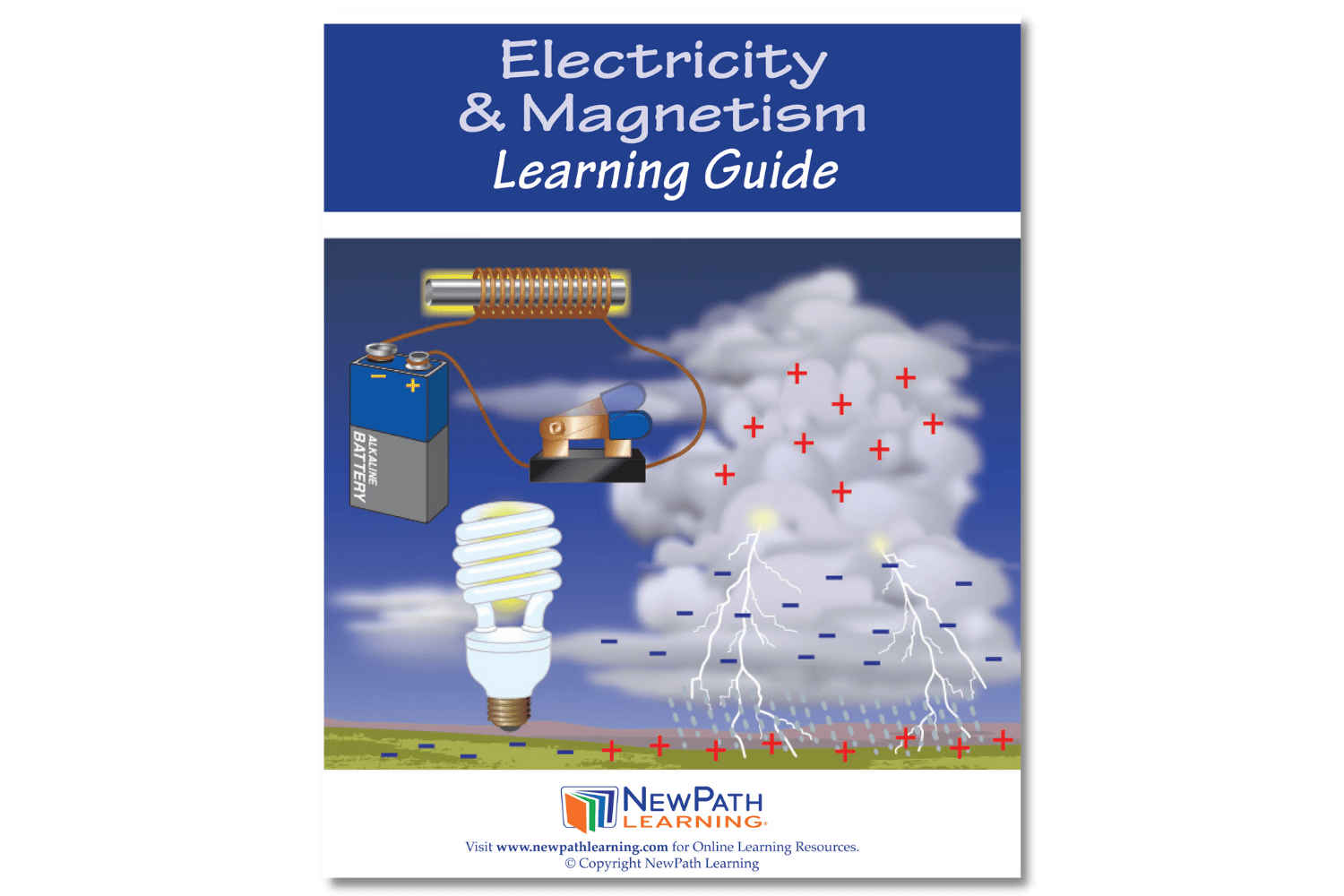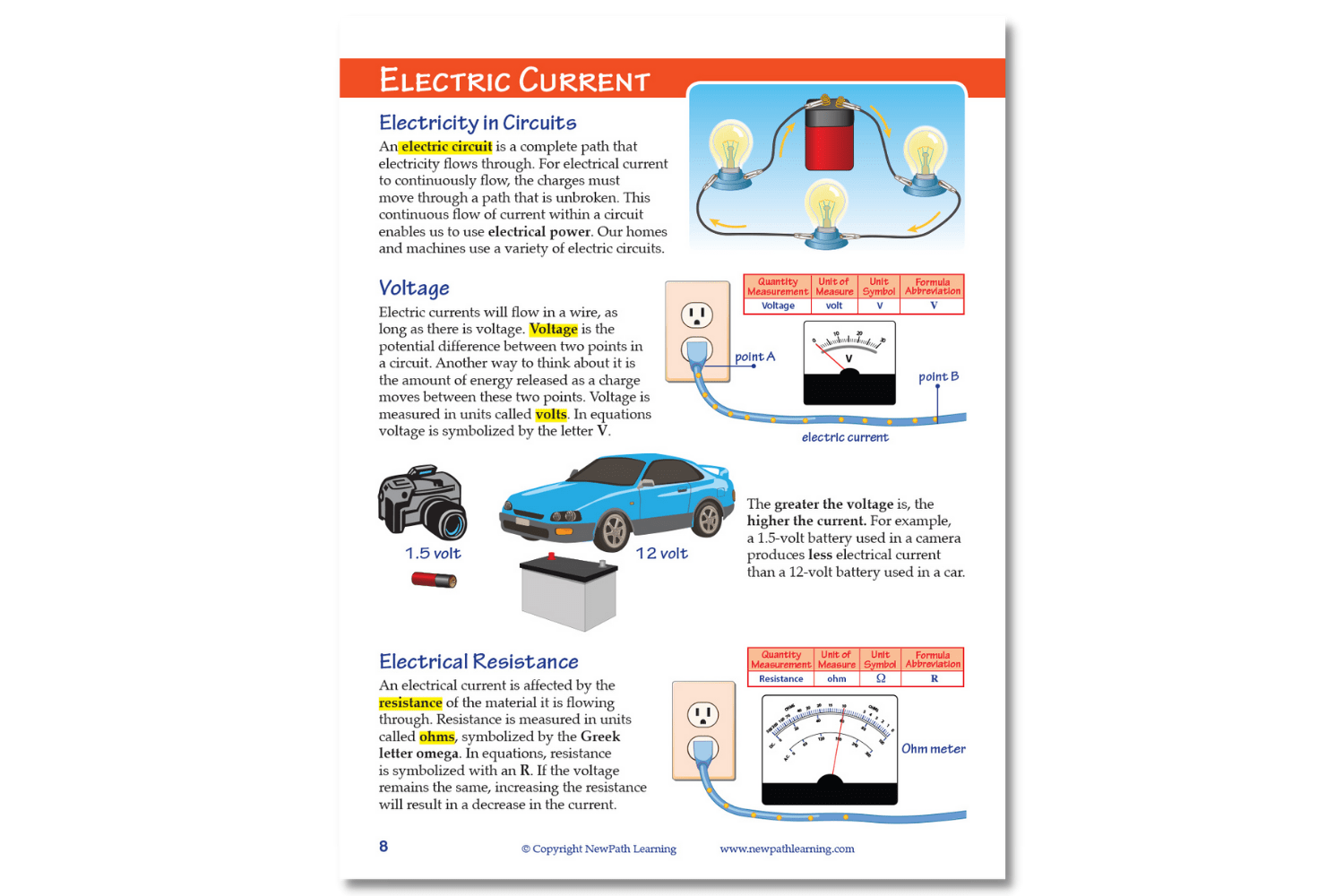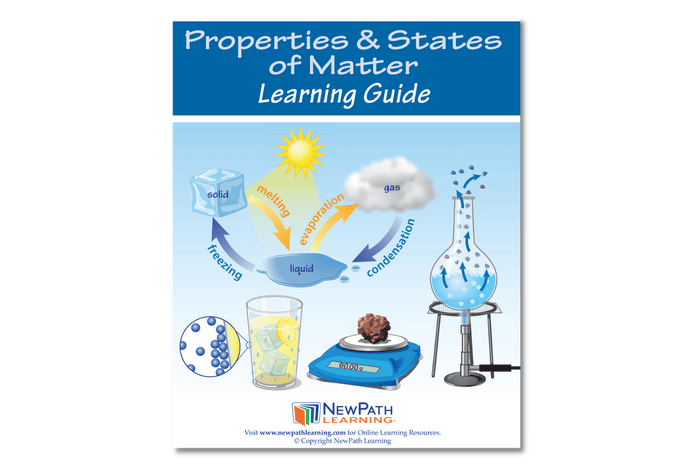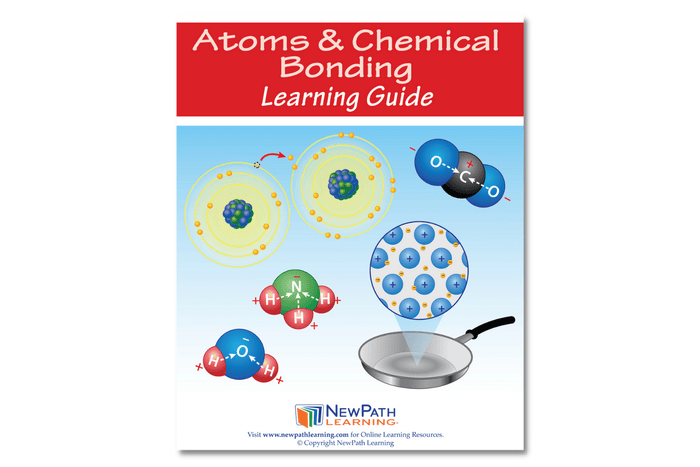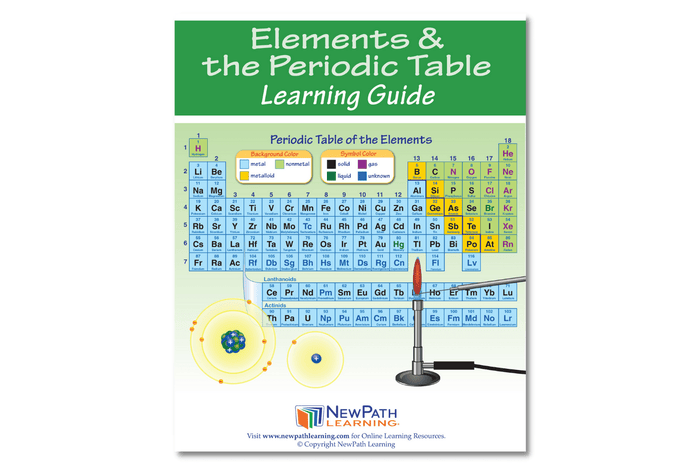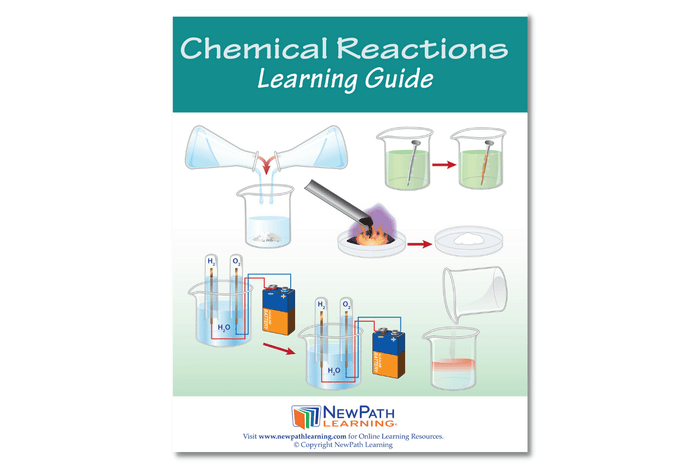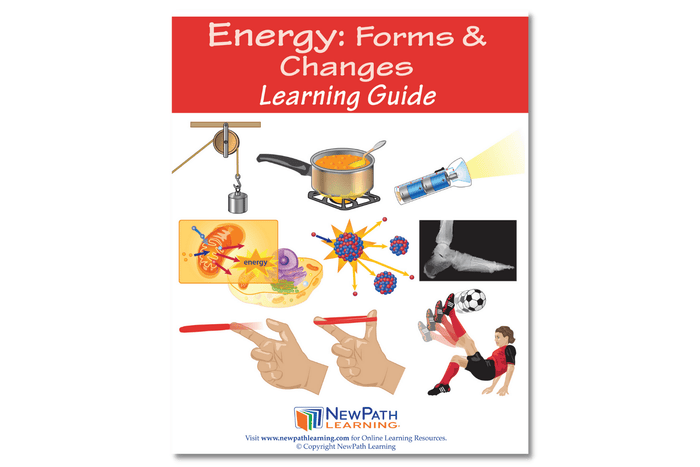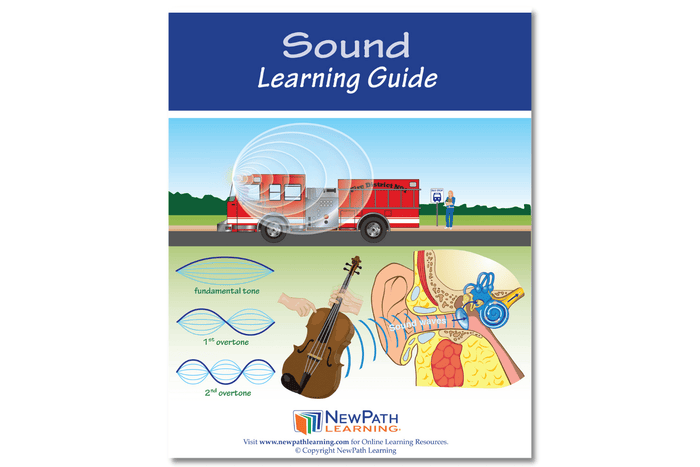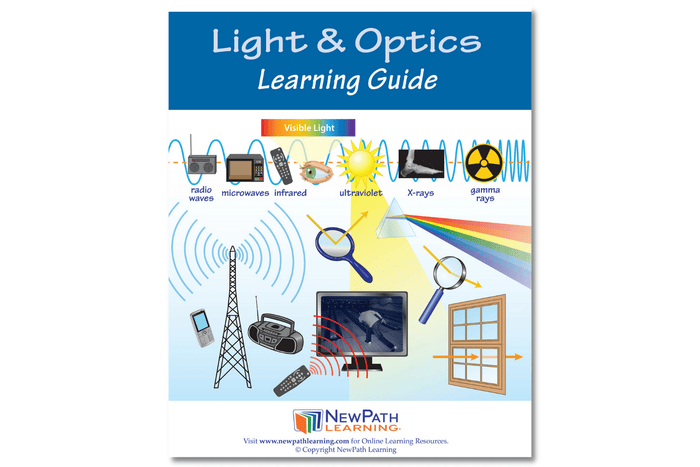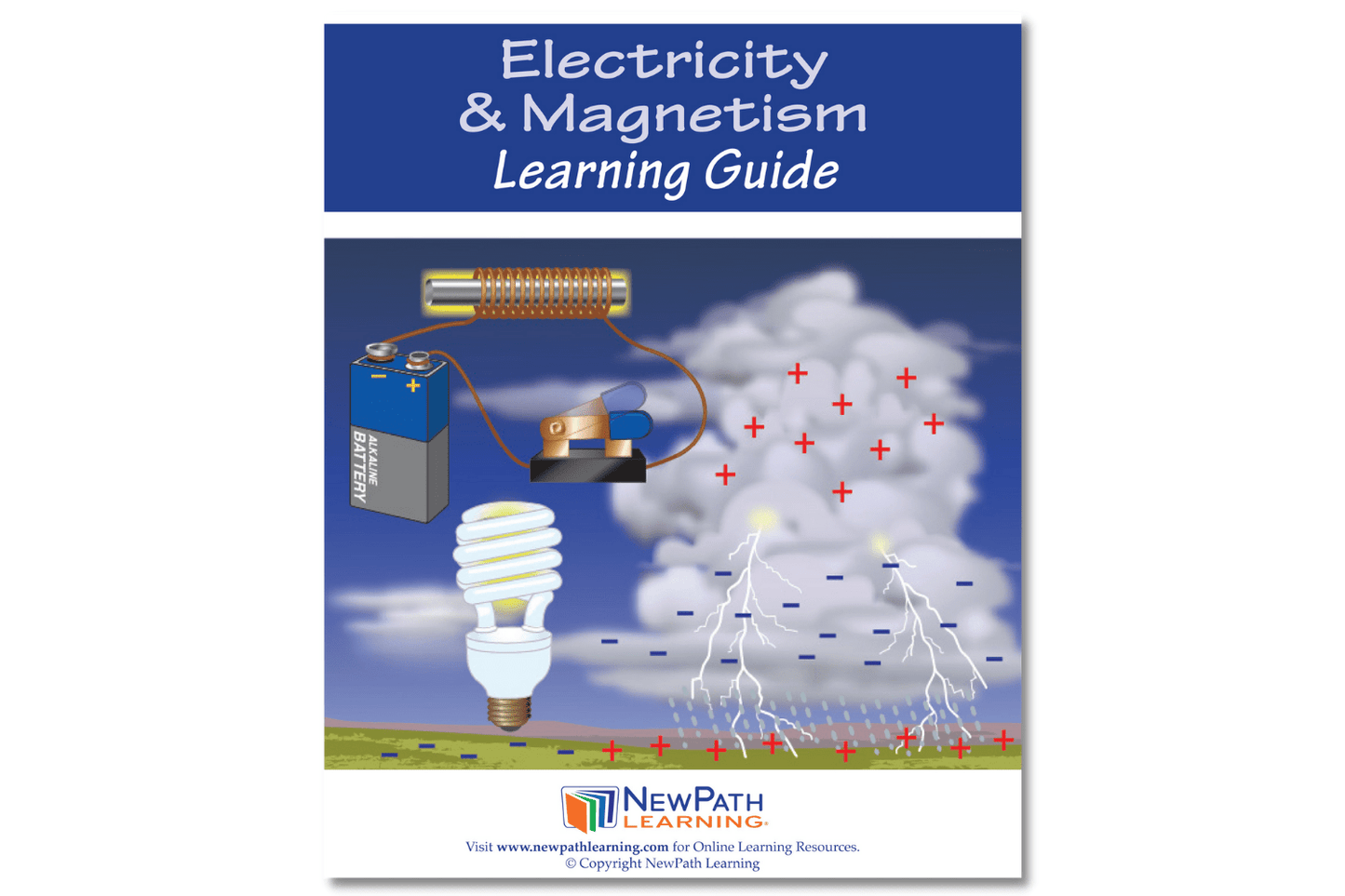
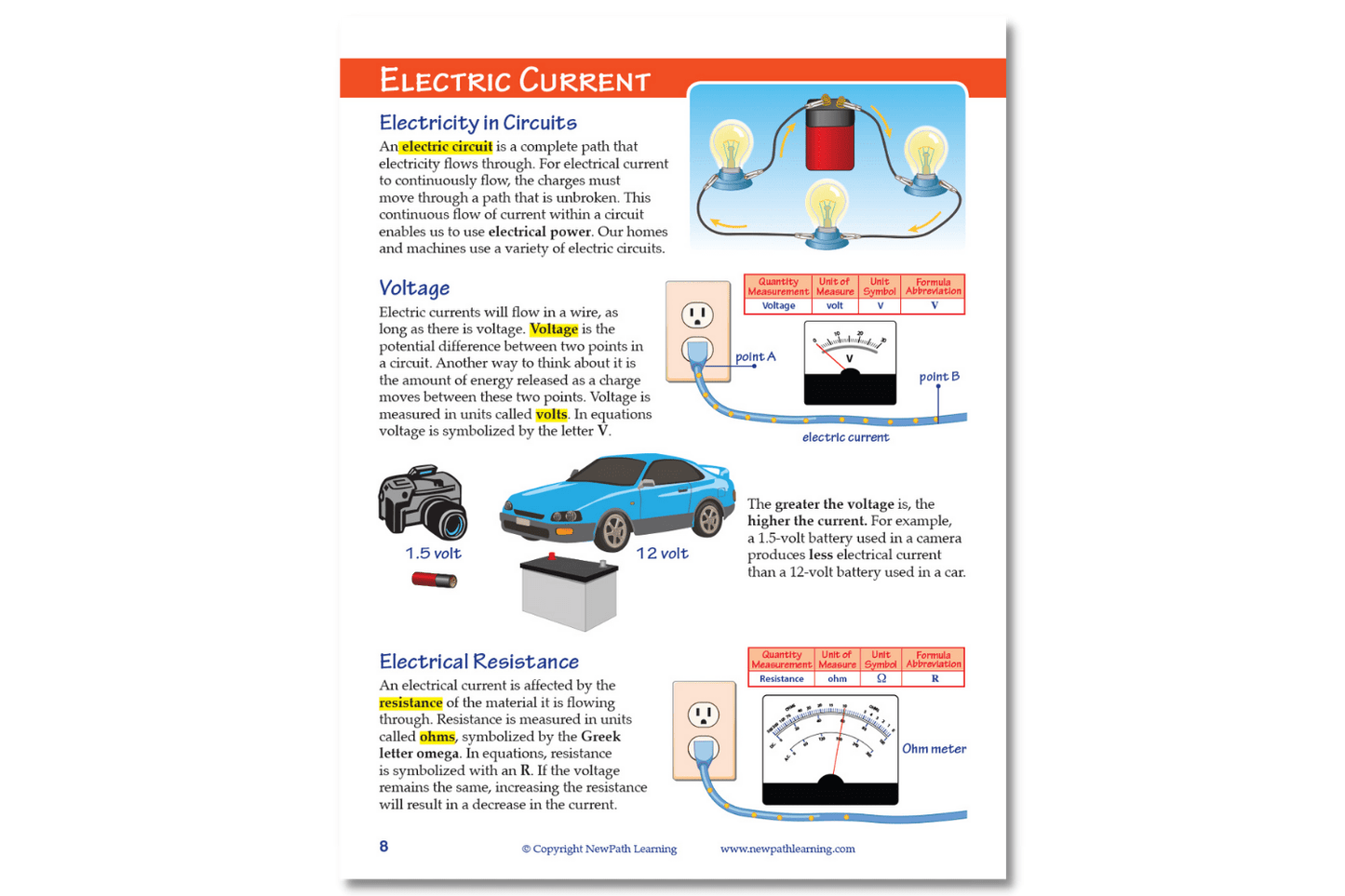
Other Options
| Order Qty |
Price | Qty for Discount |
Discount Price |
Total Savings |
||||
|---|---|---|---|---|---|---|---|---|
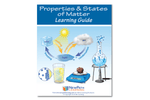
|
NewPath Learning Properties & States of Matter Learning Guide Item # 21-2010-01 |
|
|
$9.95 | ||||
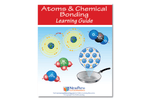
|
NewPath Learning Atoms & Chemical Bonding Learning Guide Item # 21-2010-08 |
|
|
$9.95 | ||||
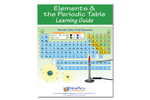
|
NewPath Learning Elements & the Periodic Table Learning Guide Item # 21-2010-06 |
|
|
$9.95 | ||||
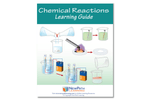
|
NewPath Learning Chemical Reactions Learning Guide Item # 21-2010-07 |
|
|
$9.95 | ||||
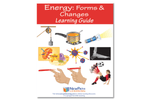
|
NewPath Learning Energy: Forms & Changes Learning Guide Item # 21-2010-02 |
|
|
$9.95 | ||||
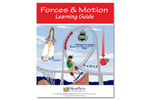
|
NewPath Learning Forces & Motion Learning Guide Item # 21-2010-03 |
|
|
$9.95 | ||||
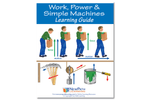
|
NewPath Learning Work, Power & Simple Machines Learning Guide Item # 21-2010-05 |
|
|
$9.95 | ||||
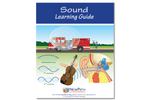
|
NewPath Learning Sound Learning Guide Item # 21-2010-04 |
|
|
$9.95 | ||||
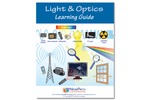
|
NewPath Learning Light & Optics Learning Guide Item # 21-2010-09 |
|
|
$9.95 | ||||
Additional Details
The NewPath Learning Electricity & Magnetism Learning Guide turns the complex topic into an easy-to-learn, visually captivating, and engaging guide page by page! In the NewPath Learning Guide, you'll find self-directed readings, easy-to-follow illustrated explanations, guiding questions, inquiry-based activities, a lab investigation, key vocabulary review, and assessment review questions along with a post-test. The NewPath Learning Guide allows students to write directly in them and is designed for Grades 6-10.
This 44 page NewPath Learning Electricity & Magnetism Learning Guide covers the following topics:
- Introduction to Electricity
- How Objects become Charged
- Electric Current
- Electrical Resistance
- Electric Power
- Electric Circuits
- Batteries
- Electrical Safety
- Magnetism
- Vocabulary Review
Be confident knowing the NewPath Learning Guide covers Middle School Next Generation Science Standards.
Standards
Middle School (Grades 6, 7, 8) NGSS Correlations
| STRAND | NGSS.MS-PS. | PHYSICAL SCIENCE |
| TITLE | MS-PS2. | Motion and Stability: Forces and Interactions - Students who demonstrate understanding can: |
| PERFORMANCE EXPECTATION / FOUNDATION | MS-PS2-3. | Ask questions about data to determine the factors that affect the strength of electric and magnetic forces. |
| PERFORMANCE EXPECTATION / FOUNDATION | MS-PS2-5. | Conduct an investigation and evaluate the experimental design to provide evidence that fields exist between objects exerting forces on each other even though the objects are not in contact. |
| STRAND | NGSS.MS-PS. | PHYSICAL SCIENCE |
| TITLE | MS-PS2. | Motion and Stability: Forces and Interactions - Students who demonstrate understanding can: |
| PERFORMANCE EXPECTATION / FOUNDATION | MS-PS2.DCI. | Disciplinary Core Ideas |
| ELEMENT | PS2.B: | Types of Interactions |
| INDICATOR | PS2.B:1. | Electric and magnetic (electromagnetic) forces can be attractive or repulsive, and their sizes depend on the magnitudes of the charges, currents, or magnetic strengths involved and on the distances between the interacting objects. (MS-PS2-3) |
| INDICATOR | PS2.B:3. | Forces that act at a distance (electric and magnetic) can be explained by fields that extend through space and can be mapped by their effect on a test object (a ball, a charged object, or a magnet, respectively). (MS-PS2- 5) |
| STRAND | NGSS.MS-PS. | PHYSICAL SCIENCE |
| TITLE | MS-PS3. | Energy - Students who demonstrate understanding can: |
| PERFORMANCE EXPECTATION / FOUNDATION | MS-PS3.CC. | Crosscutting Concepts |
| ELEMENT | MS-PS3.CC.3. | Energy and Matter |
| INDICATOR | MS-PS3.CC.3.2. | The transfer of energy can be tracked as energy flows through a designed or natural system. (MS-PS3-3) |
High School (Grade 9) NGSS Correlations
| STRAND | NGSS.HS-PS. | PHYSICAL SCIENCE |
| TITLE | HS-PS1. | Matter and Its Interactions - Students who demonstrate understanding can: |
| PERFORMANCE EXPECTATION / FOUNDATION | HS-PS1.DCI. | Disciplinary Core Ideas |
| ELEMENT | PS1.A: | Structure and Properties of Matter |
| INDICATOR | PS1.A:1. | Each atom has a charged substructure consisting of a nucleus, which is made of protons and neutrons, surrounded by electrons. (HS-PS1-1) |
| STRAND | NGSS.HS-PS. | PHYSICAL SCIENCE |
| TITLE | HS-PS2. | Motion and Stability: Forces and Interactions - Students who demonstrate understanding can: |
| PERFORMANCE EXPECTATION / FOUNDATION | HS-PS2-5. | Plan and conduct an investigation to provide evidence that an electric current can produce a magnetic field and that a changing magnetic field can produce an electric current. |
| STRAND | NGSS.HS-PS. | PHYSICAL SCIENCE |
| TITLE | HS-PS2. | Motion and Stability: Forces and Interactions - Students who demonstrate understanding can: |
| PERFORMANCE EXPECTATION / FOUNDATION | HS-PS2.SEP . | Science and Engineering Practices |
| ELEMENT | HS-PS2.SEP .1. | or test solutions to problems in 9–12 builds on K–8 experiences and progresses to include investigations that provide evidence for and test conceptual, mathematical, physical and empirical models. |
| INDICATOR | HS-PS2.SEP .1.1. | Plan and conduct an investigation individually and collaboratively to produce data to serve as the basis for evidence, and in the design: decide on types, how much, and accuracy of data needed to produce reliable measurements and consider limitations on the precision of the data (e.g., number of trials, cost, risk, time), and refine the design accordingly. (HS-PS2-5) |
| STRAND | NGSS.HS-PS. | PHYSICAL SCIENCE |
| TITLE | HS-PS2. | Motion and Stability: Forces and Interactions - Students who demonstrate understanding can: |
| PERFORMANCE EXPECTATION / FOUNDATION | HS-PS2.DCI. | Disciplinary Core Ideas |
| ELEMENT | PS2.B: | Types of Interactions |
| INDICATOR | PS2.B:2. | Forces at a distance are explained by fields (gravitational, electric, and magnetic) permeating space that can transfer energy through space. Magnets or electric currents cause magnetic fields; electric charges or changing magnetic fields cause electric fields. (HS-PS2-4), (HS-PS2-5) |
| INDICATOR | PS2.B:3. | Attraction and repulsion between electric charges at the atomic scale explain the structure, properties, and transformations of matter, as well as the contact forces between material objects. (HS-PS2-6), (secondary to HS-PS1-1), (secondary to HS-PS1-3) |
| STRAND | NGSS.HS-PS. | PHYSICAL SCIENCE |
| TITLE | HS-PS2. | Motion and Stability: Forces and Interactions - Students who demonstrate understanding can: |
| PERFORMANCE EXPECTATION / FOUNDATION | HS-PS2.DCI. | Disciplinary Core Ideas |
| ELEMENT | PS3.A: | Definitions of Energy |
| INDICATOR | PS3.A:1. | ...and “electrical energy” may mean energy stored in a battery or energy transmitted by electric currents. (secondary to HS-PS2-5) |
| STRAND | NGSS.HS-PS. | PHYSICAL SCIENCE |
| TITLE | HS-PS3. | Energy - Students who demonstrate understanding can: |
| PERFORMANCE EXPECTATION / FOUNDATION | HS-PS3-2. | Develop and use models to illustrate that energy at the macroscopic scale can be accounted for as either motions of particles or energy stored in fields. |
| PERFORMANCE EXPECTATION / FOUNDATION | HS-PS3-3. | Design, build, and refine a device that works within given constraints to convert one form of energy into another form of energy.* |
| PERFORMANCE EXPECTATION / FOUNDATION | HS-PS3-5. | Develop and use a model of two objects interacting through electric or magnetic fields to illustrate the forces between objects and the changes in energy of the objects due to the interaction. |
| STRAND | NGSS.HS-PS. | PHYSICAL SCIENCE |
| TITLE | HS-PS3. | Energy - Students who demonstrate understanding can: |
| PERFORMANCE EXPECTATION / FOUNDATION | HS-PS3.SEP . | Science and Engineering Practices |
| ELEMENT | HS-PS3.SEP .2. | Planning and Carrying Out Investigations - Planning and carrying out investigations to answer questions or test solutions to problems in 9–12 builds on K–8 experiences and progresses to include investigations that provide evidence for and test conceptual, mathematical, physical, and empirical models. |
| INDICATOR | HS-PS3.SEP .2.1. | Plan and conduct an investigation individually and collaboratively to produce data to serve as the basis for evidence, and in the design: decide on types, how much, and accuracy of data needed to produce reliable measurements and consider limitations on the precision of the data (e.g., number of trials, cost, risk, time), and refine the design accordingly. (HS-PS3-4) |
| STRAND | NGSS.HS-PS. | PHYSICAL SCIENCE |
| TITLE | HS-PS3. | Energy - Students who demonstrate understanding can: |
| PERFORMANCE EXPECTATION / FOUNDATION | HS-PS3.CETS. | Connections to Engineering, Technology, and Applications of Science |
| ELEMENT | HS-PS3.CETS.1. | Influence of Science, Engineering, and Technology on Society and the Natural World |
| INDICATOR | HS-PS3.CETS.1.1. | Modern civilization depends on major technological systems. Engineers continuously modify these technological systems by applying scientific knowledge and engineering design practices to increase benefits while decreasing costs and risks. (HS-PS3-3) |
